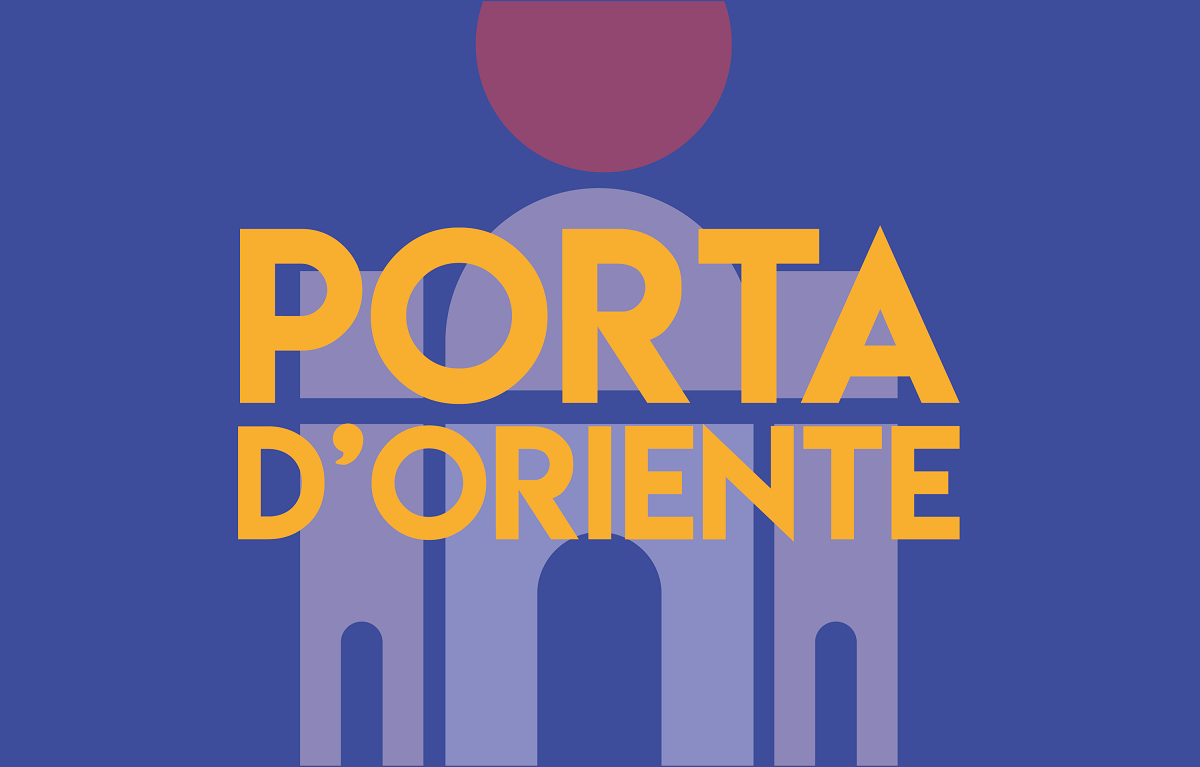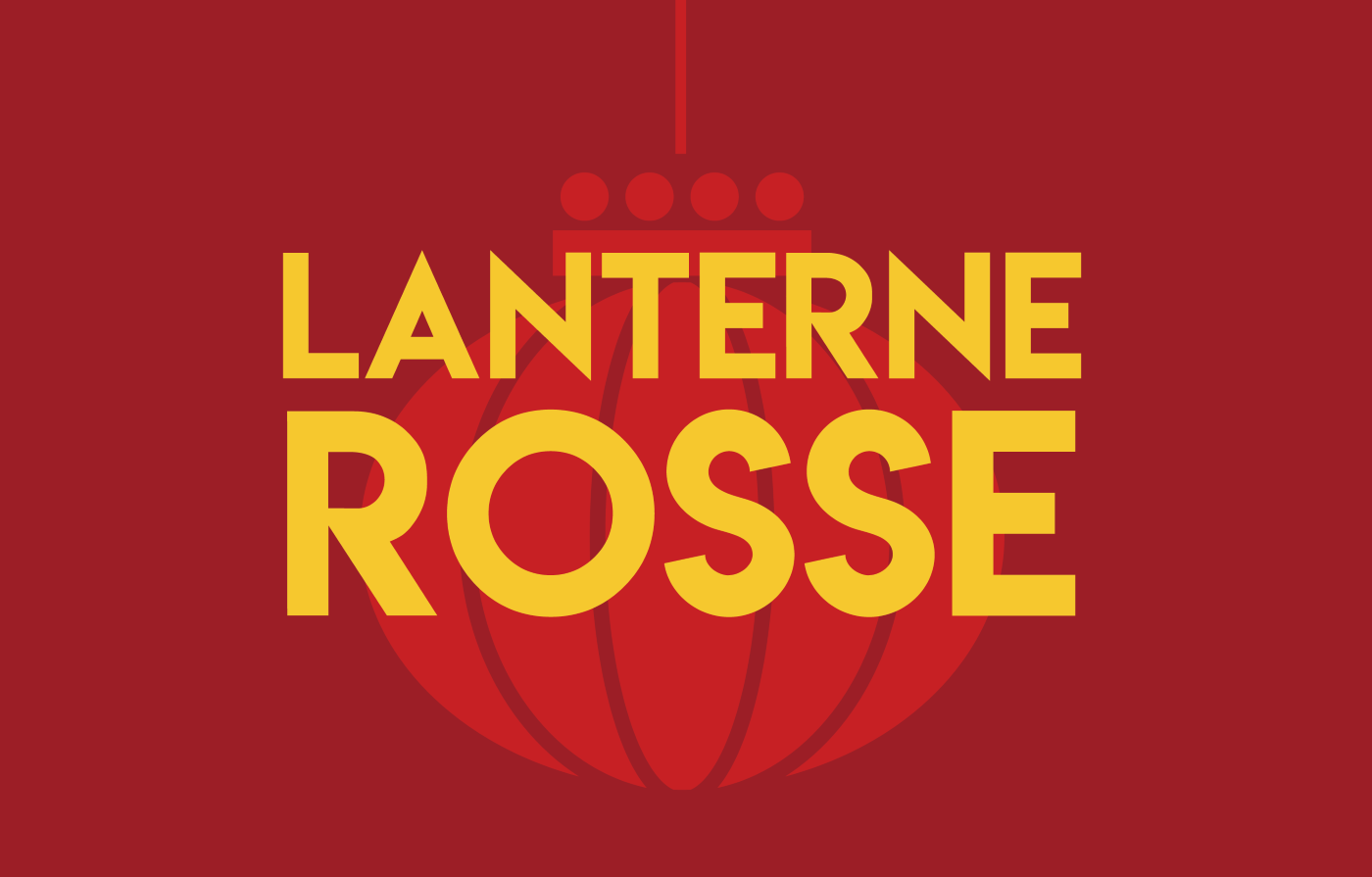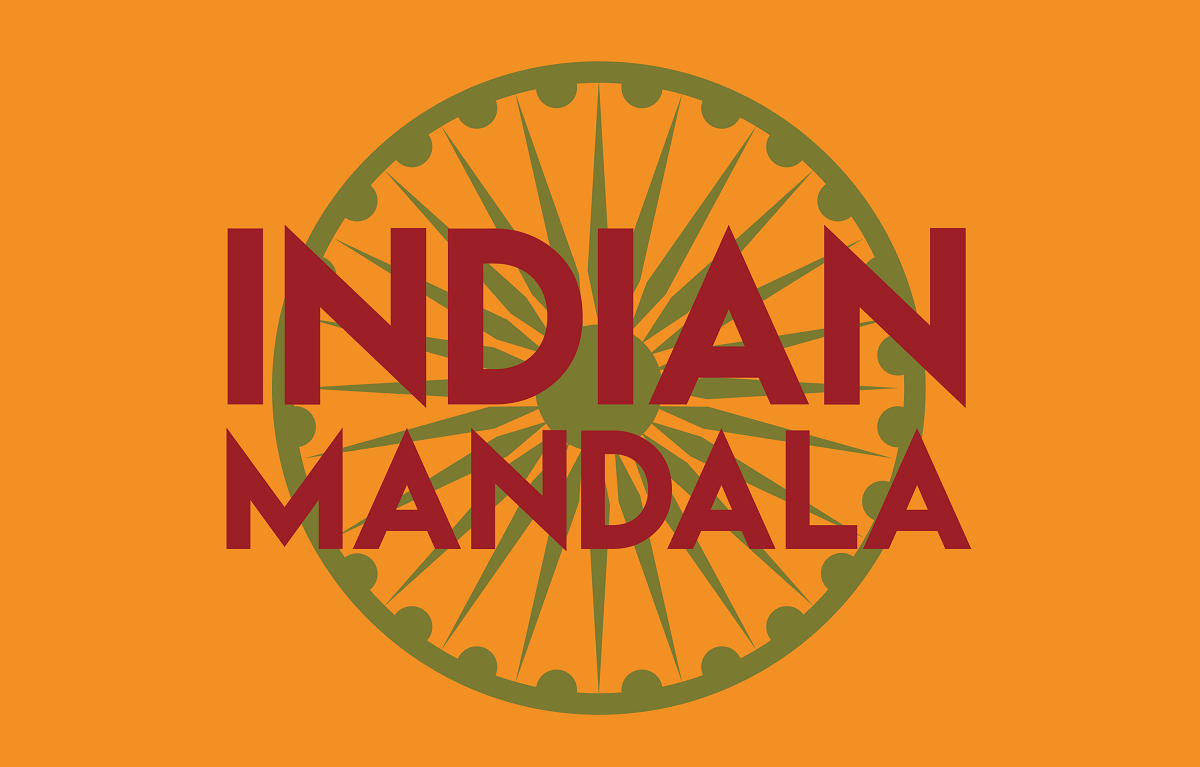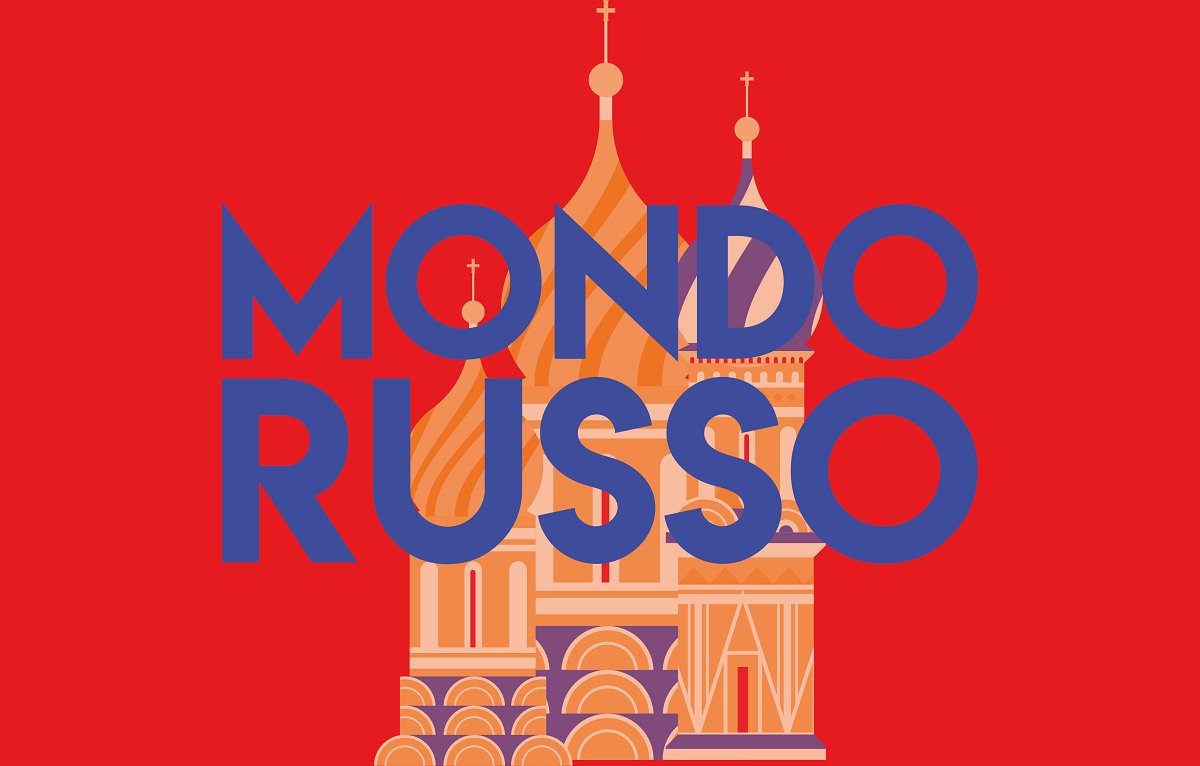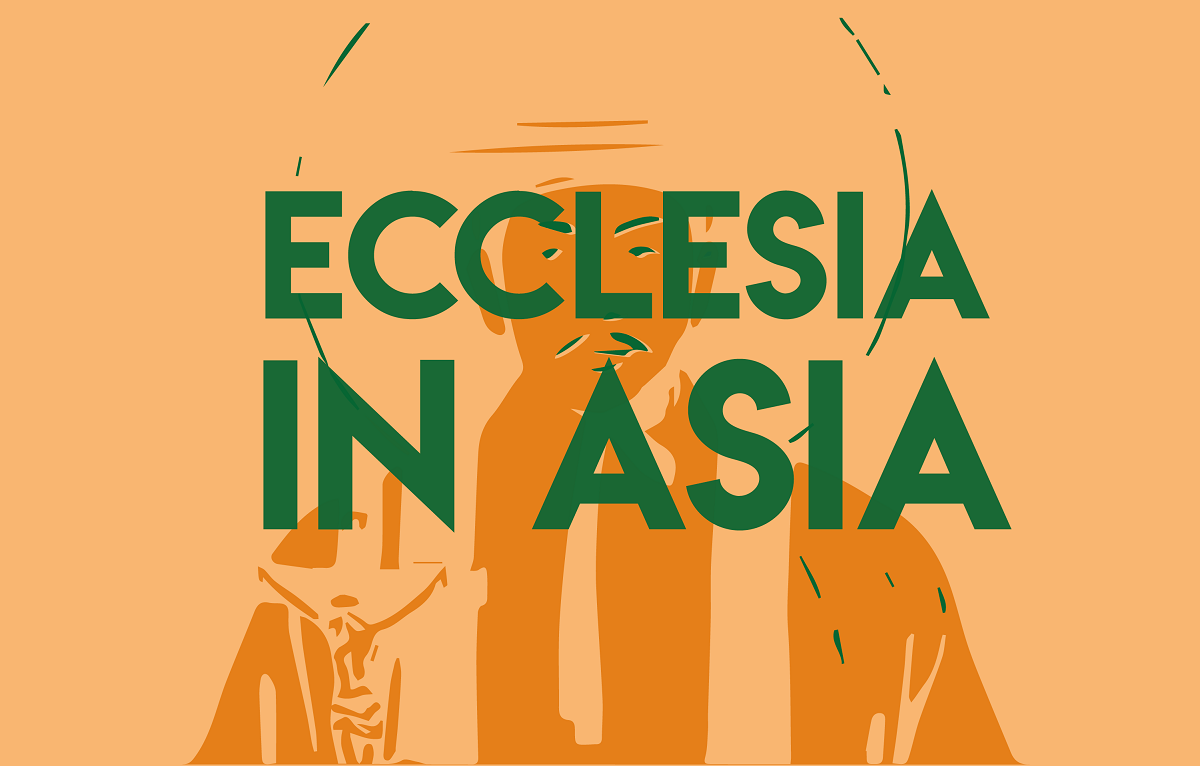Chuseok Day (with fewer and fewer young people)
According to a survey conducted by the Korea Rural Economic Institute, only 40.4% of respondents said they would organise Charye - one of the rituals that characterise today's traditional harvest festival. In 2016, the figure was 74.4%. This is an indication of the changes taking place in Korean society. For the younger generations, the holiday that marked the return to their hometowns has become the season for travelling abroad.
Seoul (AsiaNews/Agencies) - Today is Chuseok, one of the most important traditional holidays in South Korea. Nearly 500,000 vehicles travelled from Seoul to the provinces to reunite with family in anticipation of today's festivities.
However, a survey conducted by the Korea Rural Economic Institute (Krei) highlights how this tradition is also being affected by the sudden changes in Korean society. Only 40.4% of respondents said they would organise Charye - one of the rituals that characterise the day - compared to 74.4% in 2016, highlighting a trend that is set to continue.
Krei attributed this decline to several factors, such as the simplification of customs, the increase in smaller families and changing values among the younger generations.
Chuseok, or Harvest Festival, falls on the fifteenth day of the eighth month of the lunar calendar. It recalls the country's agricultural roots by celebrating the autumn harvests that ensured survival or a good quality of life in preparation for the arrival of winter.
It is known internationally as the “Korean Thanksgiving Day”, originating as an occasion to give thanks to nature and ancestors, in line with the Confucian roots of this holiday.
The day is marked by a series of rituals, beginning with the first of these: the “Charye”. The family gathers around a table laden with numerous dishes arranged according to the cardinal points. Rice liquor is poured into each glass on the table corresponding to each ancestor.
All this is offered to the ancestors. The dishes are prepared without garlic and spring onions because, as in other cultures, they are considered repellents for otherworldly spirits and would risk driving them away.
Once the table is ready, all family members bow in hierarchical order according to age. Incense sticks are burned to invite the spirits of the ancestors, and the window is opened as if to let them in. Once the Charye is over, it is time for all the guests to eat.
Among the most common dishes are Jeon, savoury pancakes made with vegetables, fish or meat; Japchae, stir-fried potato noodles; and Songpyeon, sweet crescent-shaped rice dumplings filled with beans, chestnuts, sesame or honey, steamed on pine needles for a distinctive aroma. It is said that sipping the water that the ancestors drank during the ritual makes fears disappear.
After eating, families visit their ancestors' graves and clear away the weeds that have grown over the summer: a gesture called beolcho, part of the Seongmyo practice. The day continues with other convivial events.
These include Ssireum, a form of traditional wrestling in which participants compete to throw their opponent onto their back using only their arms. As evening falls, people gather for Ganggangsullae, a dance - a UNESCO Intangible Cultural Heritage since 2009 - in which women dance in a circle wearing traditional Hanbok dresses, singing and enacting scenes from rural life. It is a prayer for a bountiful harvest. The day ends by going outside to watch the full moon, which is said to be the largest and brightest of the year.
The decline in participation in traditional rituals is mainly driven by the younger generations. For many young people, Chuseok no longer coincides with a return to their hometown, but becomes an opportunity to travel abroad, driven by an increasingly global mindset and digital literacy that offers new ways to stay in touch with family.
It is no coincidence that Seoul-Incheon International Airport expects a record 2.45 million passengers during these holidays.
According to Justin Fendos, a professor at Dongseo University in South Korea, holidays abroad are an interesting indicator of this generational difference: while for those in their forties and fifties, the first experience outside the country occurred on average at 31 or 40 years of age, for those in their twenties and thirties today, the age drops to 21 and 26.
However, the results of the Krei survey can also be linked to several other factors.
The fast-paced Korean work culture makes it difficult to fulfil all the complexities of rituals such as Charye. Even those who do not renounce tradition are adapting it to modern needs: traditional dishes are increasingly being bought ready-made and the traditional Ganggangsullae dance is watched on television.
A transition is underway in which ancestral rituals are being simplified and adapted, finding new forms within a rapidly changing society.





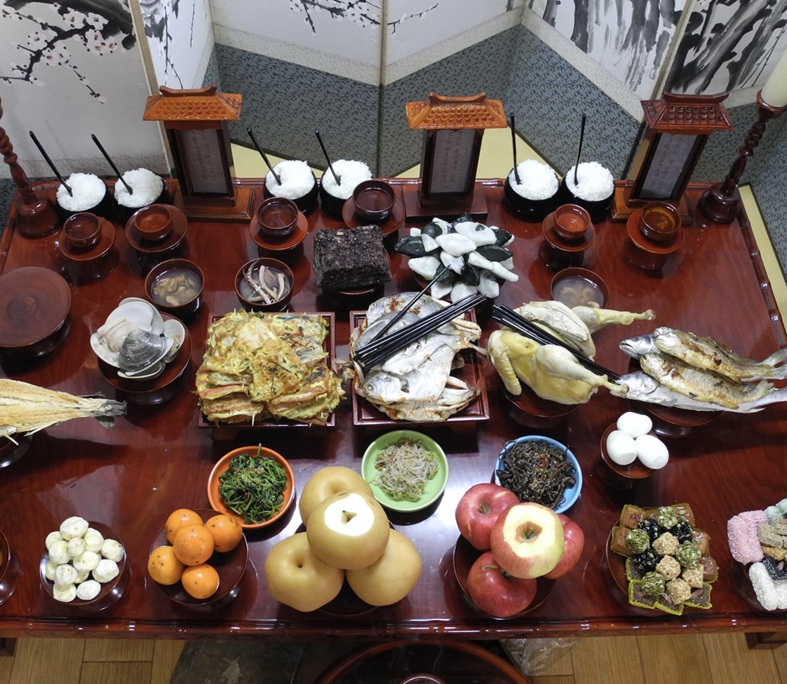

.png)
